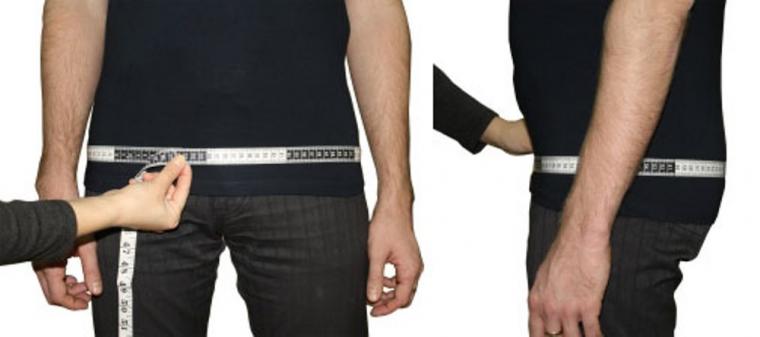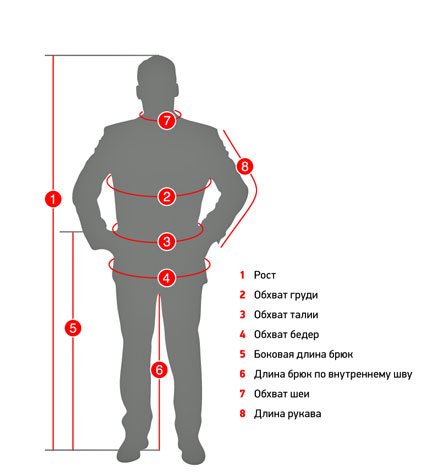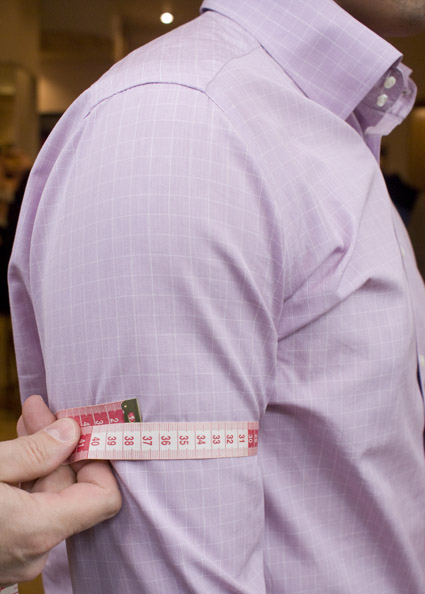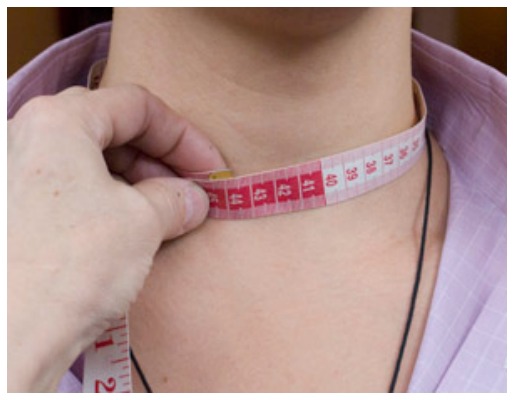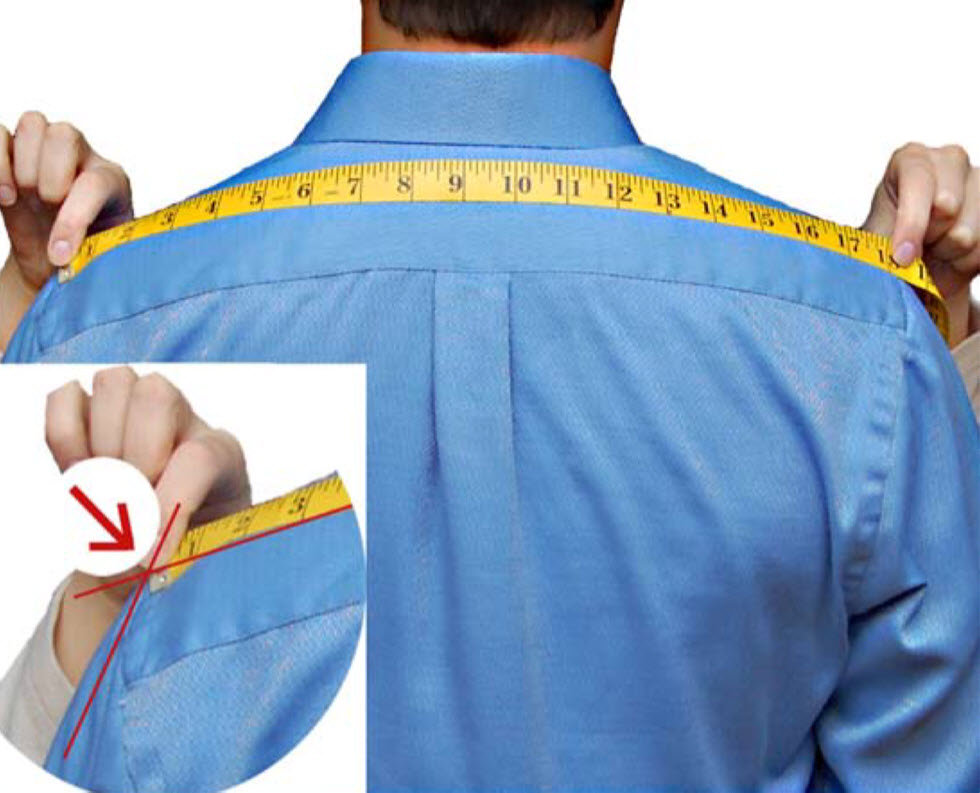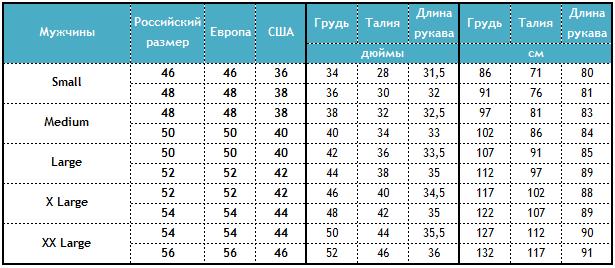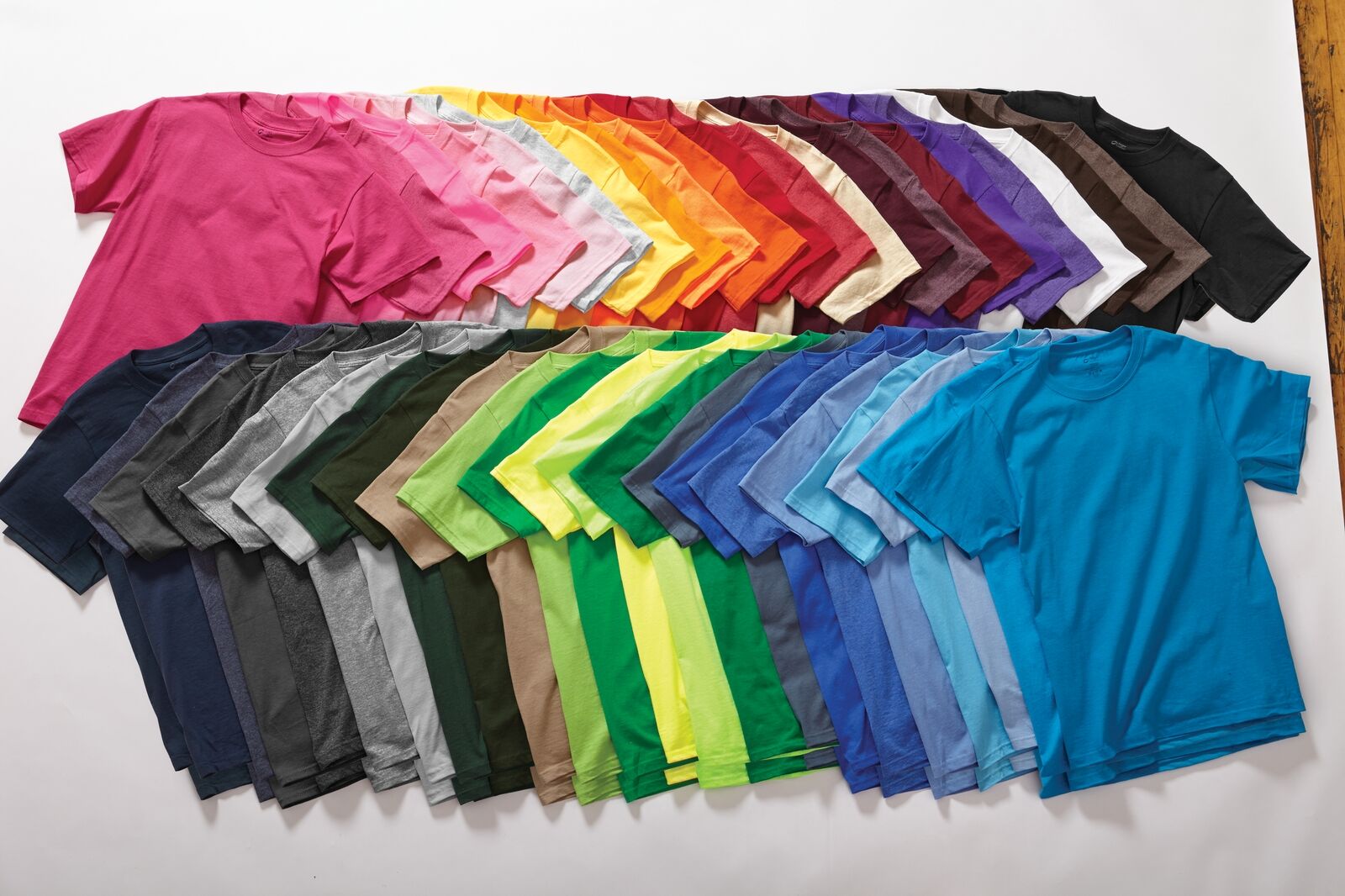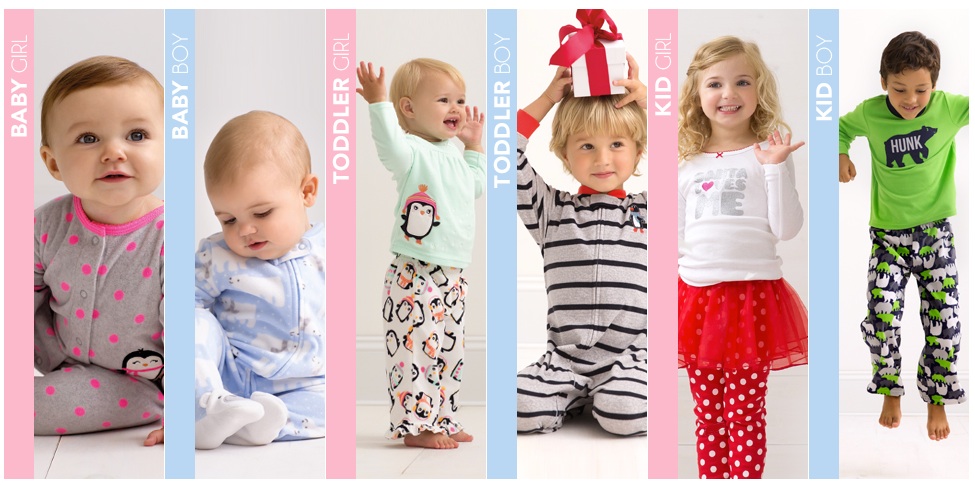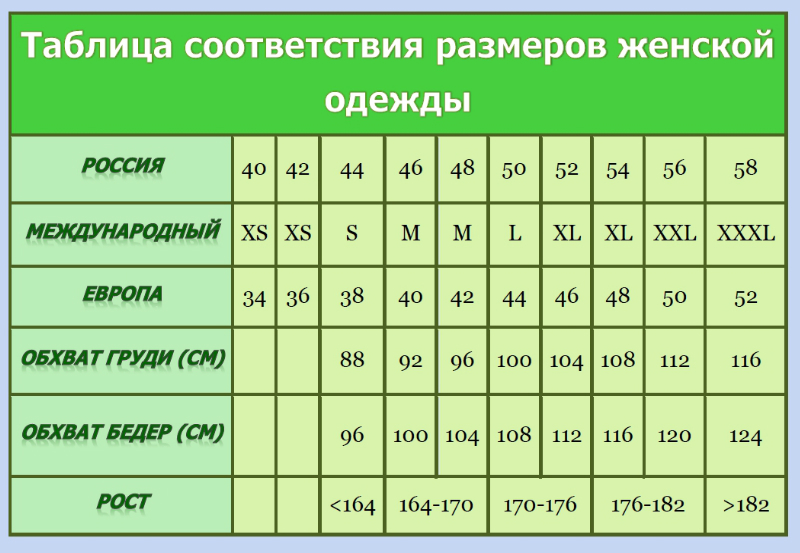A well-chosen wardrobe plays an important role in forming the image of a successful person. And since clothes should not only be of high quality and correspond to the required style, but also fit well on their owner, it is worth learning the basic rules of choosing them. To know how to determine the size of clothes for men, you need to know how to take measurements and familiarize yourself with the positions of the size chart.
How to take measurements from different parts of the body correctly
The process of taking measurements is important, especially if you are planning to sew classic cut clothing items. Therefore, when you take a measuring tape in your hands, you need to know exactly how to use it and how to avoid serious mistakes during the measuring process.
One of the most important indicators is chest circumference. To get the most accurate result, you need to apply the tape around the body at armpit level at the protruding points. You need to be able to use the data obtained in practice. So, the figure shown by the tape is divided by 2. For example, with an indicator equal to 100 cm, the shirt size will be 50.
To measure the neck size, the tape is applied at the level of the seventh cervical vertebra. The tape should pass along the sides and be at the level of the jugular notch in front. It is important to leave a gap of 2 fingers so that the tape does not adhere tightly to the skin. This measurement allows you to get more accurate information than the standard collar numbers provided by shirt manufacturers.
To accurately measure your hips, place the tape at the level of your hip bones. It is best to measure your waist when you are wearing thin clothing or nothing at all, which will ensure the most accurate result. Hold the tape so that it is not too tight, but not too loose either. In some cases, waist measurement is not needed to choose men's trousers. But if your body type includes a strong upper body and narrow hips, it is best to take all measurements first. To get your waist measurement, take measurements at the thinnest point, and do not overtighten the tape or let it sag. Taking into account the individual characteristics of your figure or the absence of a pronounced waist, take measurements at the waist level.
The sleeve length is determined in a bent position of the arm. Bend the arm at the elbow and lay the tape along the entire length from the shoulder to the wrist. Also in a bent position, check how suitable the sleeve length will be in the finished product.
The length of the trouser leg is measured by two indicators - the inner and side seam. In the first case, the measuring tape is pulled from the point where the seams converge between the legs. The side seam is measured by placing the tape from the waist to the heels. Do not pull the tape too tightly, record the measurements with a margin of about 2 centimeters.
All the parameters listed are mandatory, but in order for the garment to fit perfectly, it is better to additionally measure the width of the shoulders from the back, the length of the arms or legs (depending on the specific wardrobe item). This is most relevant for classic wardrobe items - shirts, jackets. The problem of how to find out your clothing size if you have a non-standard figure is solved if you take into account complex parameters.
How accurately the measurements are taken also depends on how the person held themselves during the measurements. For example, the results may be distorted if they slouched, sucked in their stomach, or stood unevenly. It is important to know that you cannot take such measurements yourself, as the results will be completely inaccurate.
What parameters do you need to know to determine the size depending on the type of clothing
Clothing size is traditionally designated by generally accepted letter or digital indicators, which are standard in most countries. But since the European system may differ slightly from the designations accepted in other countries, for a more accurate determination of the size it is worth taking additional full body measurements. The same skills are needed for sewing any wardrobe item. For a man, the determining factors will be:
- chest girth measurement;
- waist measurement;
- measurement of hip circumference;
- neck circumference.
It is not always necessary to measure all of the listed body parts: to buy or sew outerwear, the chest circumference is mainly determined. Shirts are always chosen by additionally measuring the neck circumference. For buying or sewing trousers, the main value that needs to be determined is the waist and hip circumference. For choosing swimming trunks, the hip circumference will be the only necessary indicator. Sometimes the waist circumference is additionally measured, but this parameter will not be the main one.
If we take a detailed look at individual, most popular types of clothing, then first of all we need to measure the parameters for buying or sewing trousers. There are three main indicators:
- waist circumference;
- leg length;
- seam length.
Size S will correspond to a waist circumference of 74–77 cm and a leg length of 104 cm with a height of 165–170 cm. When buying jeans of size M, their future owner has the following parameters: waist circumference of 78–81 cm, leg length of 107 cm and height of 170–175 cm. L assumes height up to 180 cm, waist circumference of 82–85 cm and leg length of 107 cm. To wear XL trousers, you need to be taller than 185 cm, this same size assumes hip circumference of 90–94 cm, and the leg length of such trousers is 110 cm. There are even larger sizes, as well as intermediate ones, thanks to which owners of non-standard parameters can choose suitable models.
Size chart
After determining the main body parameters, you can decide which of the standard sizes will be suitable in a particular case. The ratio of the main parameters is contained in special size tables. So, if we consider the features and main parameters, then each of the standard indicators (from XS to 3 - 4 XL) corresponds to certain physical indicators (primarily the waist and chest size in inches and centimeters).
The length of trousers (along the inner seam) – L in inches and centimeters, has a certain correspondence. For example, L 30 corresponds to an indicator of 74 – 76 cm, and with a result of 91 cm, L will be equal to 36.
When choosing trousers, also consider the waist circumference, which in different systems can be measured in inches (designated as W) or centimeters. The correspondence of these parameters: W 26 = 66; 27 = 68 and so on in ascending order. The length of the trousers is measured along the seam from the inside. To do this, the person's leg is measured from the inside. With a height of 162 - 170 cm, this parameter will be 30 inches or 74 - 76 cm. For example, 34 inches and 81 - 86 cm correspond to a height of 178 - 186 cm. If this figure is higher, you need to select clothes indicating the length in L 36 and 91 cm.
Determining the size of men's clothing is an important task for both online clothing shopping and self-tailoring. Standard sizes often imply certain variations. Therefore, taking into account possible individual body features, it is better to take comprehensive measurements and take these data into account in the future.
Video
https://youtu.be/86c1HJBevt0


